There can be your advertisement
300x150
From Bottom to Top: Designing a Room Around the Floor
Traditionally, room decoration starts with the walls. Paint samples are selected, furniture is chosen, and somewhere along the way a floor is picked that should complement the other elements. But in the world of interior design, there's a quiet rebellion. This is called the floor-first approach to design, which flips the entire planning process upside down.
Instead of viewing the floor as a background, this trend puts it at the center of attention. The tone, pattern, and texture of the floor become the starting point for all other decisions in the room. And the result? Coordinated, durable, and thoughtfully designed spaces that instantly evoke a sense of comfort upon entering.

Why Let the Floor Take the Lead
The floor covers every part of the room's base. It is that element which unifies all design features from coffee table legs to reading chair feet, and even door arches. It supports the design both literally and visually.
When the floor sets the tone, the rest of the space naturally falls into place. Warm parquet? It invites soft neutral tones, fluffy knitted items, and antique bronze accents. Cold concrete LVF? Suddenly, a matte black suspended light fixture and industrial shelves look perfect. Floor-first design simplifies style selection; everything reflects this stable choice.
The Floor as a Central Element
The floor-first approach to design doesn't mean being cautious. On the contrary, it encourages boldness. A striking embossed pattern can set rhythm and flow throughout the room. Textured brick tile can add solid elegance to a modest kitchen. Even the gloss of glossy laminate can introduce an element of luxury.
This is where it becomes truly smart: choosing a standout floor can do all the heavy lifting for the entire design. Patterned tile or richly painted wood doesn't need to compete—just select complementary tones and a few well-thought-out accents. The space suddenly feels layered, intentional, and confident with half the effort.
How to Design from Bottom to Top
Start with a Statement Surface: Choose a floor that says something important. This could be a classic chessboard pattern in smoked oak, vinyl with a terrazzo effect, or a heavily patterned engineered wood floor with character. Think of it as the anchor point for the room; a design foundation from which everything else will develop.
Reflect Subtle Tones: Once the floor is chosen, let its undertones guide your color palette. If it's warm like honey wood, focus on earth tones such as clay, rust, or cream whites. If it's cool like gray slate or light oak, choose soft blues, graphite, or mint greens.
Add Texture and Form: The floor often brings natural texture into the room. Amplify this by adding contrasting or reflective materials. Smooth oak? Contrast with a linen rug and velvet chair upholstery. Patterned tile? Add clean-lined furniture and minimalist decor for balance.
Let the Floor Define Layout: In open spaces, the floor can beautifully zone different areas. Diagonal plank installation can elongate a space. Border tiles can softly define a dining area. Even switching floor types between spaces—like engineered wood in the living room and LVF on the kitchen—can help direct traffic and functionality.
Maintain Consistency: Regardless of what happens above the floor, ensure it ties in. Either through repeating tones, natural materials, or additional patterns, let the floor choice reflect every design decision.
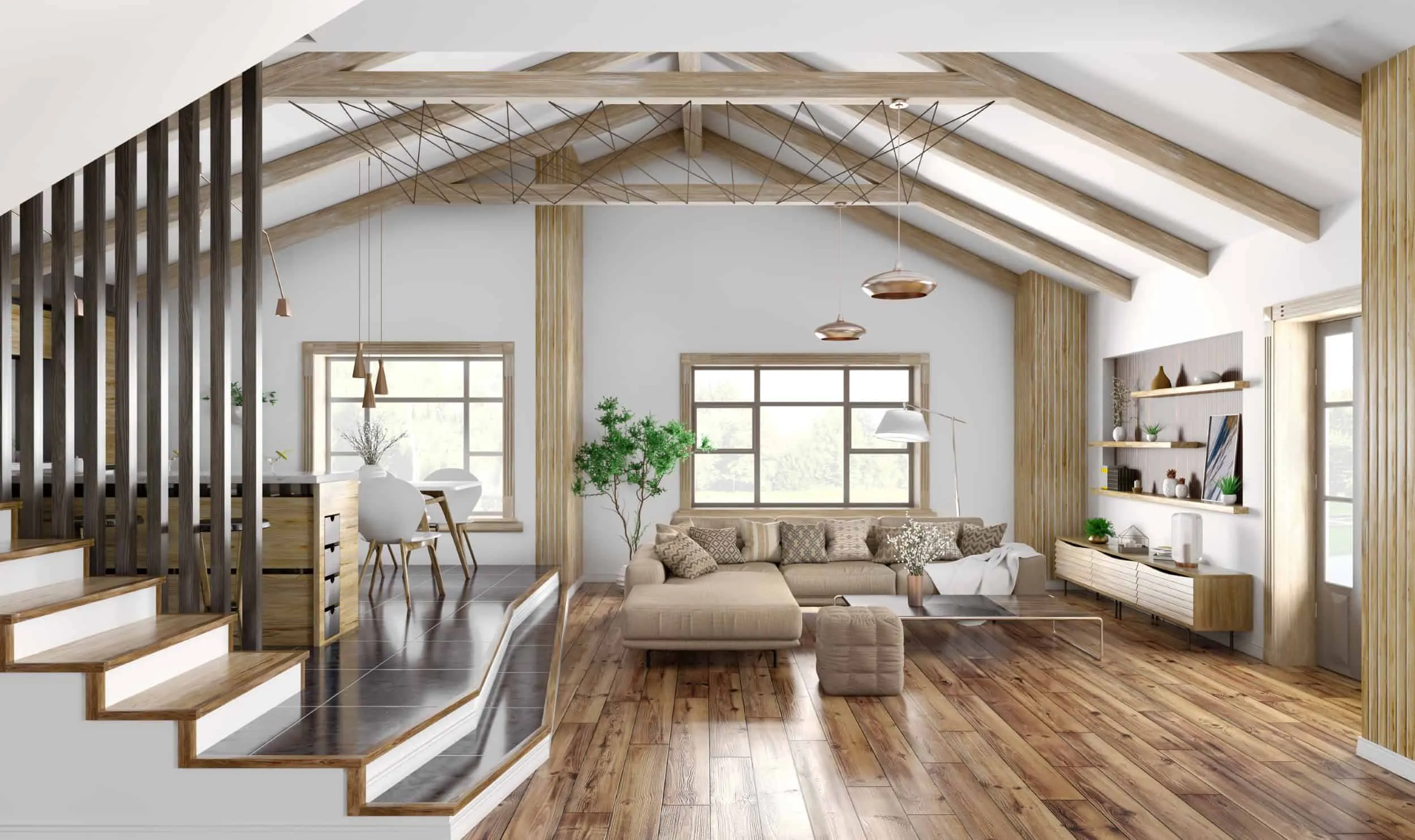
Design Trends That Last
Different from TikTok's fleeting trends, the floor-first approach is rooted in longevity. It makes sense both practically and aesthetically. After all, the floor is one of the biggest investments in a home. Prioritizing it in design ensures not only functionality but also transformation.
And since floor materials have never been so diverse, it becomes a playground of possibilities. Engineered wood offers warmth and durability. Terrazzo-effect laminate brings texture and bold patterns without a high price tag. Laminate has also evolved significantly, offering realistic finishes suitable for any room—even bathrooms.
Reimagining the Scenario
The floor-first approach to design is more than just a trend. It's a rethinking of perspective. It invites homeowners, renovators, and decorators to shift their viewpoint and consider the floor as a primary design tool rather than an afterthought.
By anchoring aesthetics to something specific, every choice becomes simpler, more consistent, and confident. Whether it's a striking hallway with monochrome tile or a serene bedroom in light oak flooring, a floor-first interior looks thoughtfully planned from the moment you enter.
Because when the floor looks good, everything else just follows suit.
More articles:
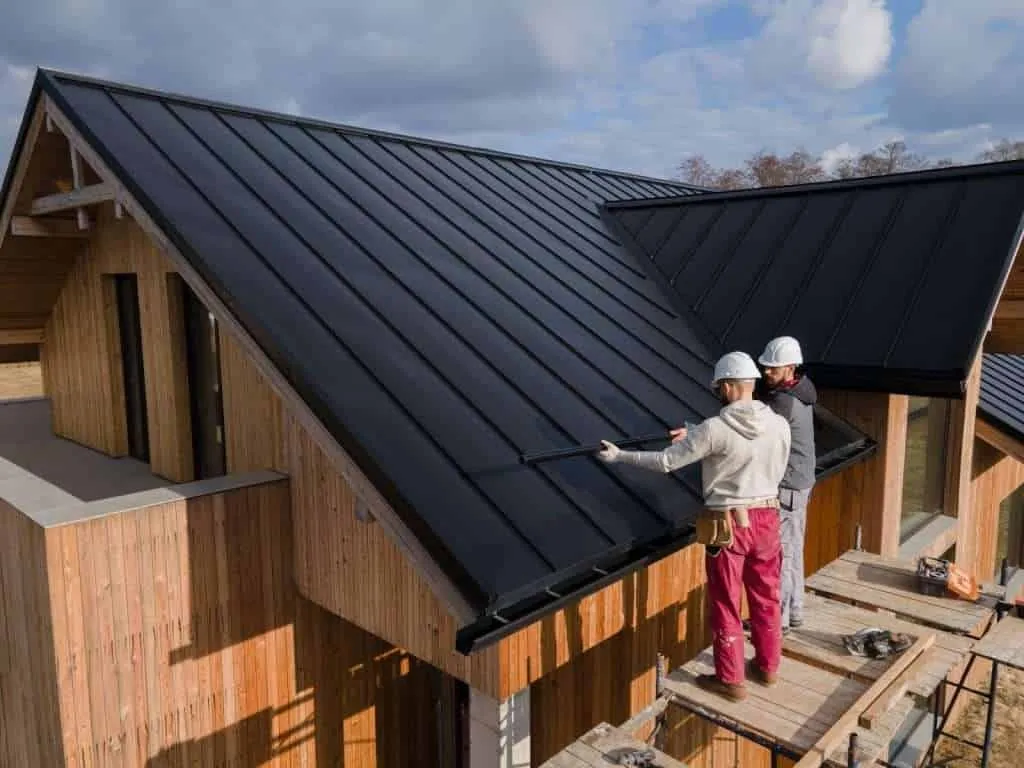 Five Characteristics of a Good Roofing Company
Five Characteristics of a Good Roofing Company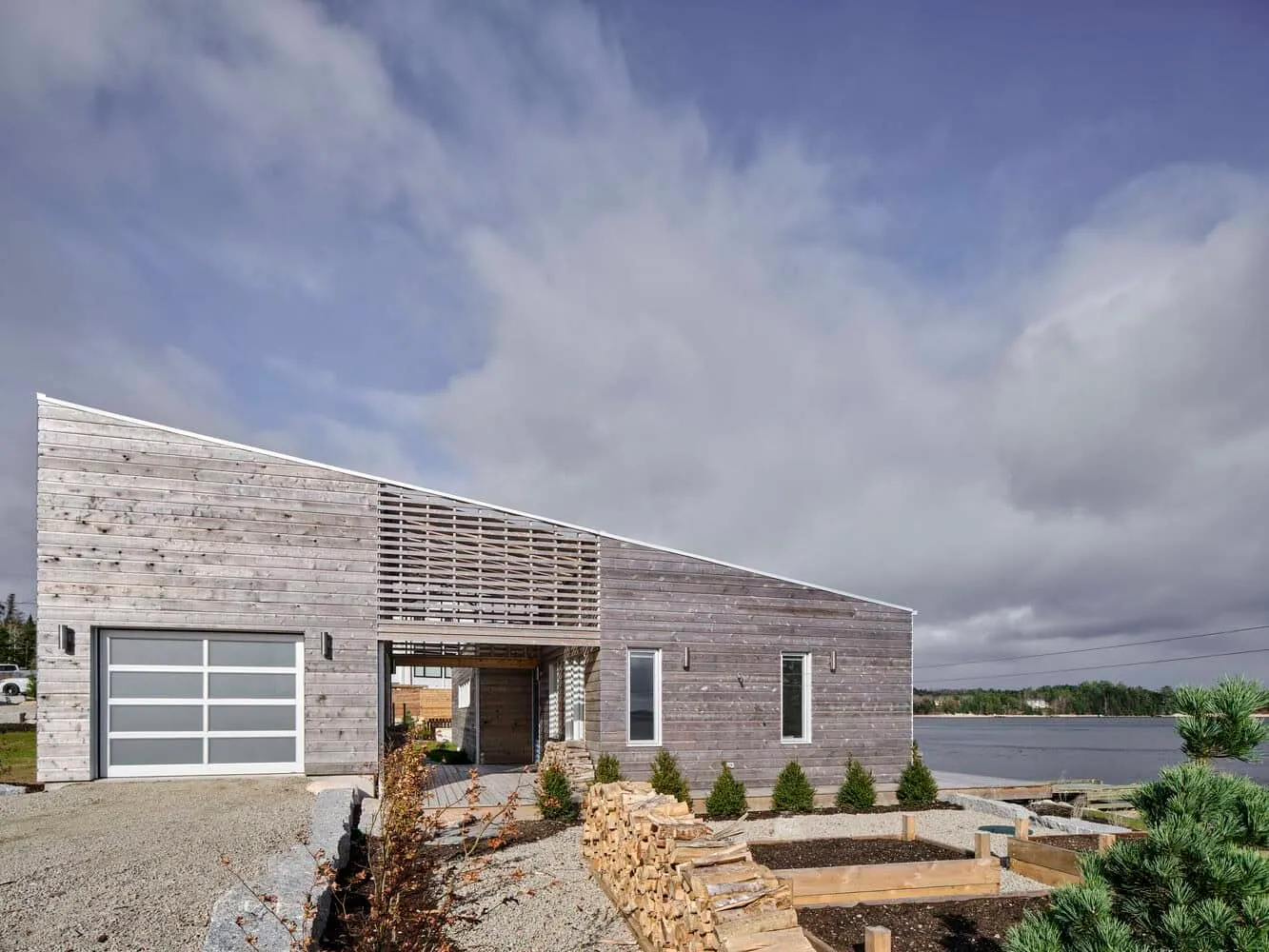 Five-Cove Island Home by RHAD Architects on Marwick Island, Canada
Five-Cove Island Home by RHAD Architects on Marwick Island, Canada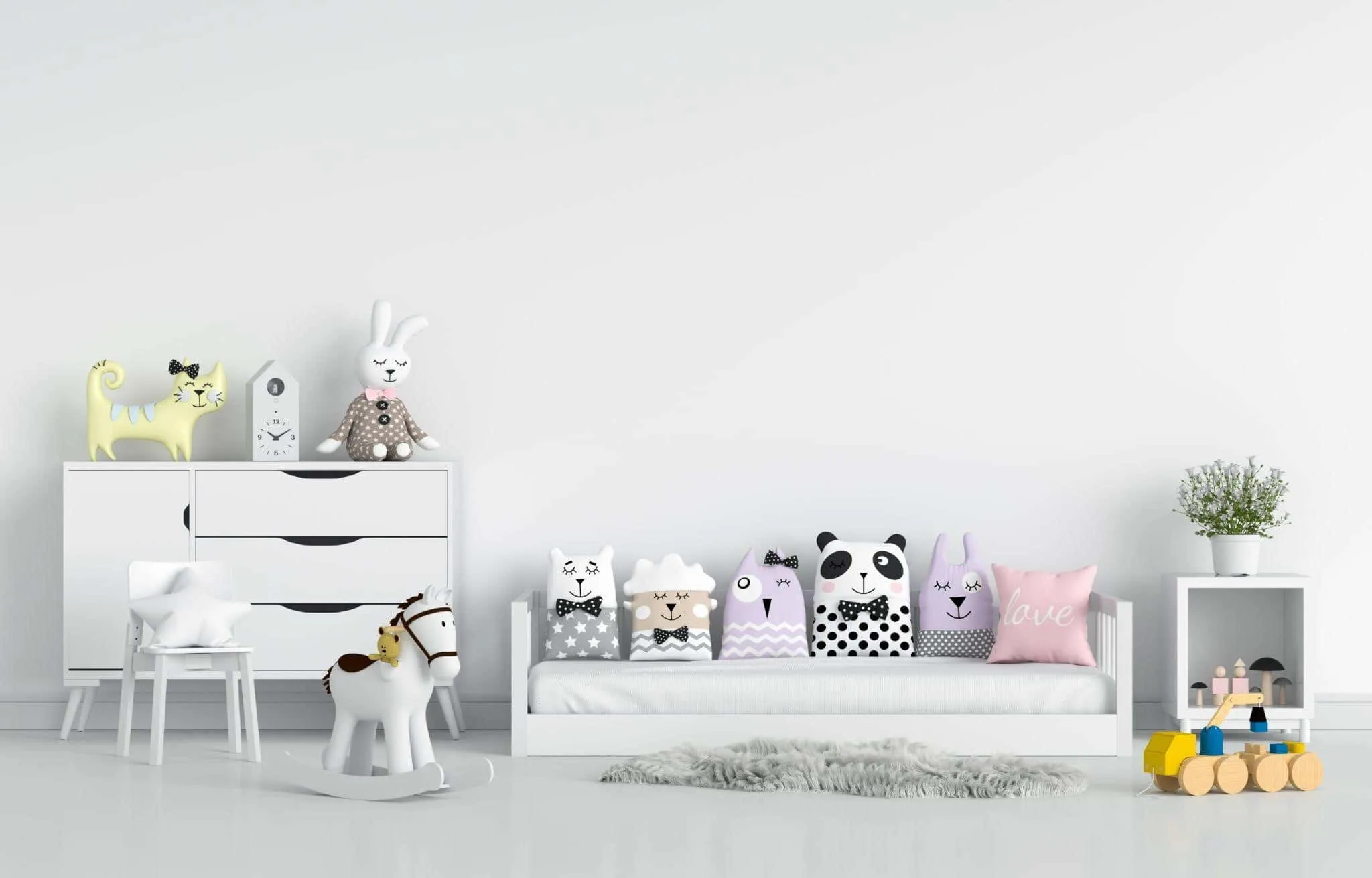 Five Creative Ideas for Decorating a Child's Room
Five Creative Ideas for Decorating a Child's Room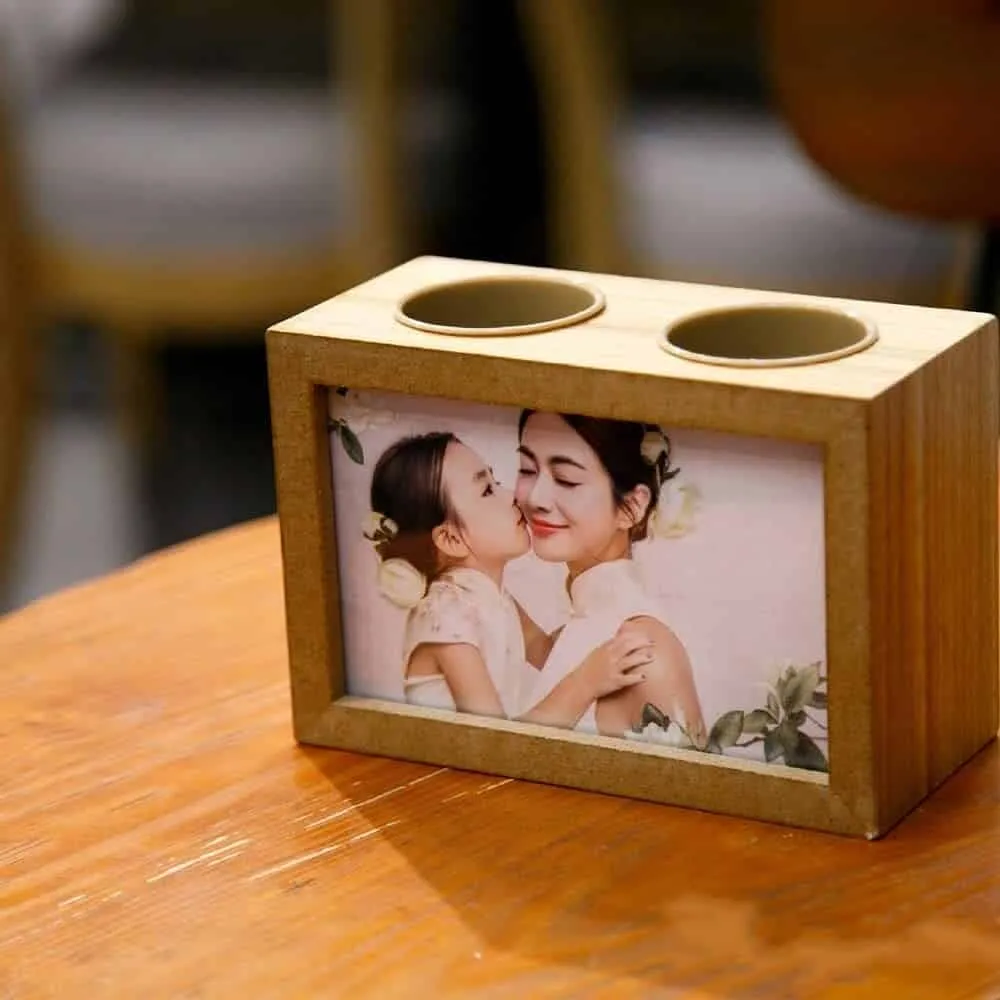 Five Elegant Photo Frames to Decorate Any Corner of the Room
Five Elegant Photo Frames to Decorate Any Corner of the Room Five Elements of Successful Property Management
Five Elements of Successful Property Management FL Residence by Anastasia Arquitetos in Santo Andre, Brazil
FL Residence by Anastasia Arquitetos in Santo Andre, Brazil Flanders House by SAOTA: A Modern Architectural Treasure in Belgium
Flanders House by SAOTA: A Modern Architectural Treasure in Belgium Garage Sale Fair: Iconic Items You Can't Miss!
Garage Sale Fair: Iconic Items You Can't Miss!